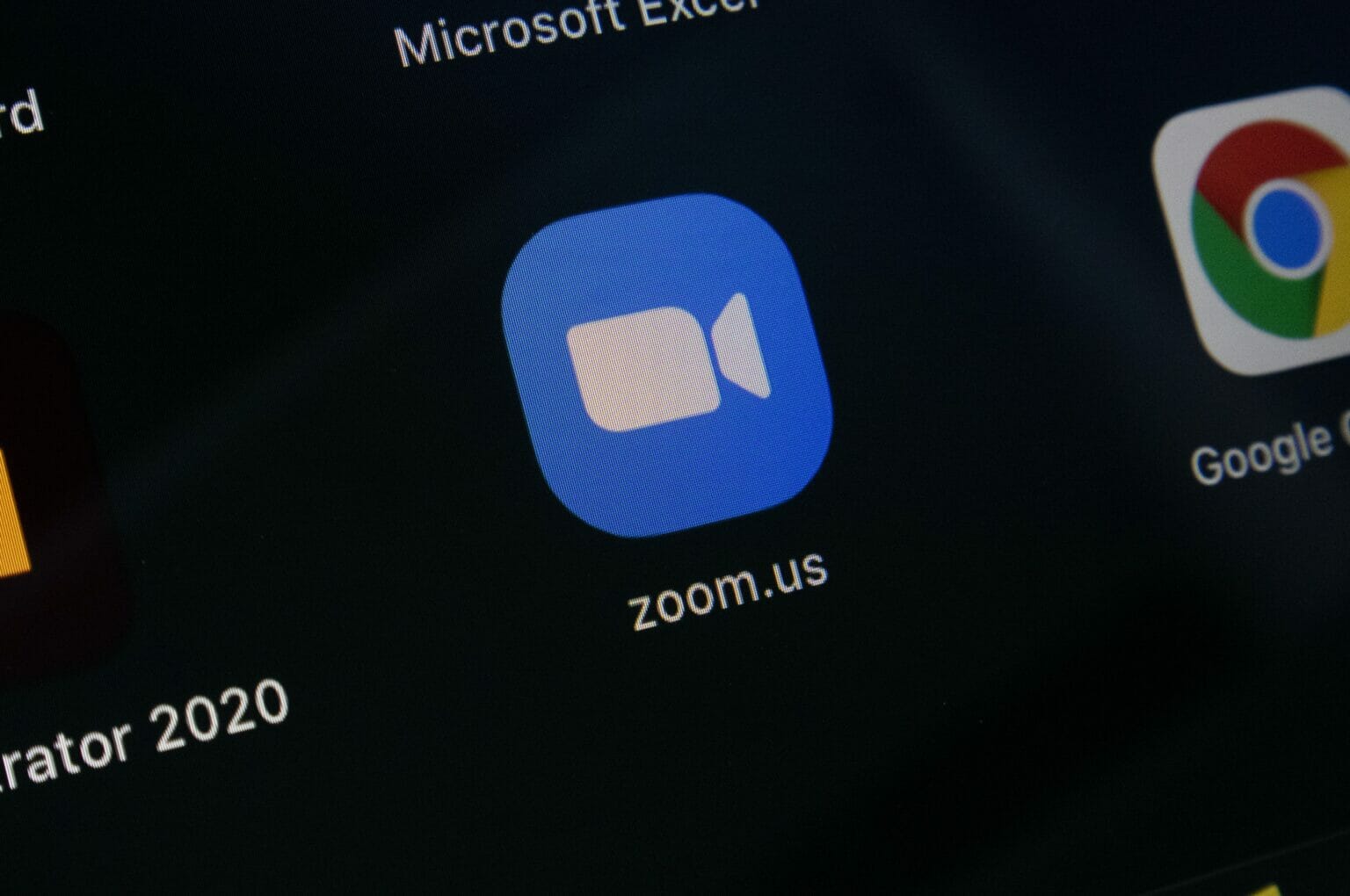Real profits are going down because the software company is giving out stock-based pay and buying back shares to make up for the loss of value.
Zoom (ZM -1.17%) grew rapidly during the first two years of the pandemic because businesses of all sizes were required to use videoconferencing software.As the world gets back to normal, that growth has slowed down. Zoom’s sales only went up by 5% from the third quarter of 2017 to the third quarter of 2018.
Even though Zoom’s growth is slowing, the company’s adjusted numbers show that it is still making a lot of money. A non-GAAP operating margin of 34.6% in the third quarter looks great, and a non-GAAP net income of $323.3 million on sales of $1.1 billion is downright impressive. The amount of free cash flow was $272 million, which is less than last year but still good.
Most tech companies report profit metrics that don’t follow GAAP so they can get rid of stock-based pay. After all, it’s not a cash cost. Metrics that don’t follow GAAP make sense when there are one-time events that aren’t likely to happen again. Then, they can give investors a better idea of how profitable the business really is.
But stock-based pay is an expense that keeps coming up. Even though it’s not cash, it’s still a cost that shows up every quarter. When Zoom was doing well, stock-based pay wasn’t a big deal. In fiscal year 2022, which ended on January 31, there wasn’t much of a difference between GAAP net income and non-GAAP net income. With sales of $4.1 billion, both the GAAP net income of $1.38 billion and the non-GAAP net income of $1.55 billion looked good.
But since Zoom’s stock price has gone down, stock-based compensation costs have gone through the roof. That’s not too surprising, since employees and executives are much less interested in getting paid in stock when the price of the stock is going down. Zoom has had to give employees more stock to keep them, which is getting expensive.
Zoom’s stock-based compensation was $303 million in the third quarter, which is almost three times as much as it was at the same time last year. GAAP net income was only $48.4 million, which was 85% less than the other number. If stock-based pay was taken away, the free cash flow would have been negative.

Some people might think it’s fine to mostly ignore stock-based compensation because it’s not cash. But with its buyback programme, Zoom is essentially turning this non-cash expense into a cash expense. Want to show that your profits and cash flow have gone up? Start printing stock options and then buying back shares to make up for the loss of value.
Zoom has spent $991 million over the past three quarters to buy back its own stock. In that time, the number of diluted shares went from 306 million to 302 million, which isn’t much of a change. Zoom paid around $250 per share, which was a lot more than the stock price at any point during that time. A big part of these buybacks was just to make up for the fact that Zoom used stock-based compensation too much.
Buybacks are a form of financing cash flow, so they don’t show up in any of Zoom’s measures of how well the company is doing. But it’s hard to argue that Zoom’s stock-based pay is really a cost that can’t be paid in cash.
GAAP net income is by no means a perfect number, but in Zoom’s case, it is a better indicator of true profitability than the metrics the company wants you to use. In the third quarter, the company’s GAAP net income fell 86% from the same time last year. This was because costs, such as stock-based compensation, soared. The amount spent on research and development nearly doubled, and the amount spent on sales and marketing went up by 45%.
Zoom expects its non-GAAP earnings per share for the fourth quarter to be no more than $0.78, down from $1.11 in the third quarter. If the situation with stock-based compensation is the same, it’s likely that Zoom’s GAAP net income will go into the red. Zoom is about to become a tech company that doesn’t make money, which would have been unthinkable a year ago when the company was doing so well.
Zoom’s sales have stopped growing, and the company’s real profits are falling off a cliff. The company’s non-GAAP metrics, on the other hand, show a much brighter picture. Don’t let it fool you. Zoom’s costs are out of hand, and since the company isn’t likely to grow, it seems like they will have to cut costs.
